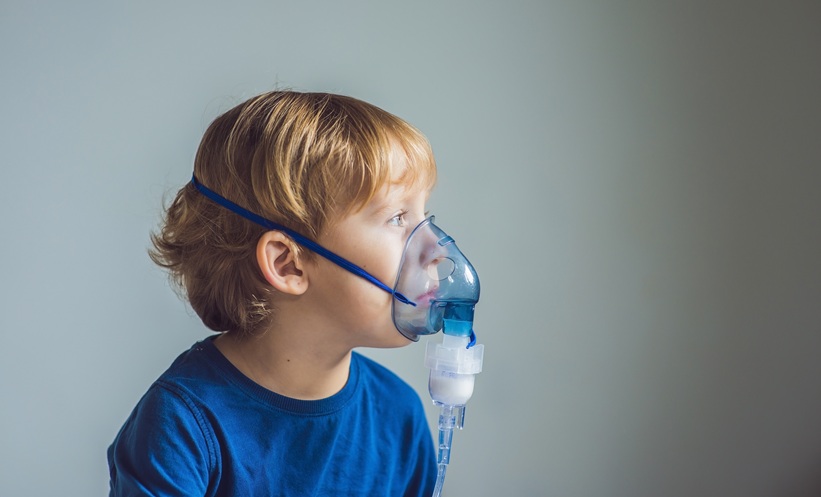INTRODUCTION
In Queensland, Australia, coal mining is a large industry in terms of both employment and economy. The coal mine worker’s health scheme (CMWHS) was implemented in 1983 using chest radiograph and spirometry to assess the health of Queensland’s coal mine workers throughout their careers. Primarily, the aim of the CMWHS is to identify coal mine dust lung disease (CMDLD), which is the umbrella term for lung diseases caused by occupational exposure to respirable dust within the coal industry. CMDLD includes coal worker’s pneumoconiosis (CWP), mixed dust pneumoconiosis, silicosis, dust-related diffuse fibrosis, and chronic obstructive pulmonary disease (COPD). Participation in this health scheme is mandatory for all coal mine workers deemed to be in a ‘high-risk’ role. Following the introduction of this scheme, Rathus and Abrahams1 conducted a chest radiograph review of all workers employed in the Queensland coal industry in 1984. This review found that the prevalence of CWP within the approximately 7,500 currently employed workers was 1%. In the following three decades, no cases of CMDLD were identified by the CMWHS, leading to the common belief that CMDLD had been eradicated. This belief was dispelled with the identification of six cases of CMDLD in 2015. At the point of re-identification, and subsequent discovery of the CMWHS failings, the health status of workers in the coal industry was unknown.2 Further to this, the respiratory health of Australian coal mine workers had never been investigated. In the setting of this uncertainty, the aim of this study was to review the respiratory health, in particular spirometry and respiratory symptoms, of individuals diagnosed with a CMDLD
following 2015.
METHODS
Respiratory physician records for confirmed CMDLD cases diagnosed since 2015 were retrospectively reviewed. Data collected included pulmonary function test reports, including spirometry and diffusing capacity of the lungs for carbon monoxide (DLCO), respiratory symptoms, and smoking status. Spirometry and DLCO data were analysed using the European Respiratory Society/American Thoracic Society (ERS/ATS) guidelines.3
RESULTS
All CMDLD cases (N=79) were male with a mean age of 58.9 years (range: 35–90). Diagnoses included CWP (n=27), mixed dust pneumoconiosis (n=18), silicosis (n=11), dust-related diffuse fibrosis (n=5), and COPD (n=18). The majority of men were ex-smokers (70%), compared to never-smokers (20%), or current smokers (10%) (data available for 73 men). Respiratory symptoms, including cough and shortness of breath, were common, being reported by 78% of the subjects (data available for 71 subjects). Abnormal spirometry was observed in 41% of the subjects (data available for 77 subjects). Mean spirometry values observed were forced expiratory volume (FEV1; %): 81.3 (range: 17.4–172.4), forced vital capacity (FVC; %): 92.3 (range: 42.0–141.2), and FEV1/FVC: 69.1 (range: 24.0–87.3). In those with abnormal spirometry, an obstructive pattern was common (89%) and a restrictive pattern was rare (11%). DLCO was available for analysis in 60 subjects with 42% classified as abnormal. Comparison of spirometry and DLCO classification showed a discrepancy in normal/abnormal status in 36% of subjects; meaning either spirometry or DLCO was classified as normal and the other
measurement abnormal.
CONCLUSION
This study represents critical insights into the respiratory health of individuals with CMDLD in Queensland. As almost half of the CMDLD subjects had normal spirometry patterns, it is suggested that spirometry alone is a poor indicator of CMDLD presence. In addition, given one third of subjects had a discrepancy between spirometry and DLCO status, the merit of including DLCO in the CMWHS to aid in detection of disease should be investigated.








